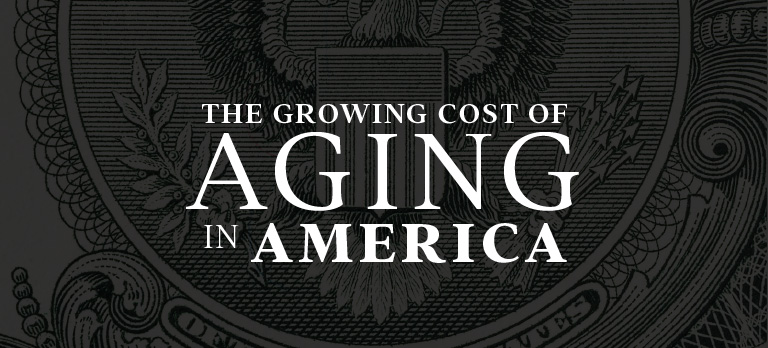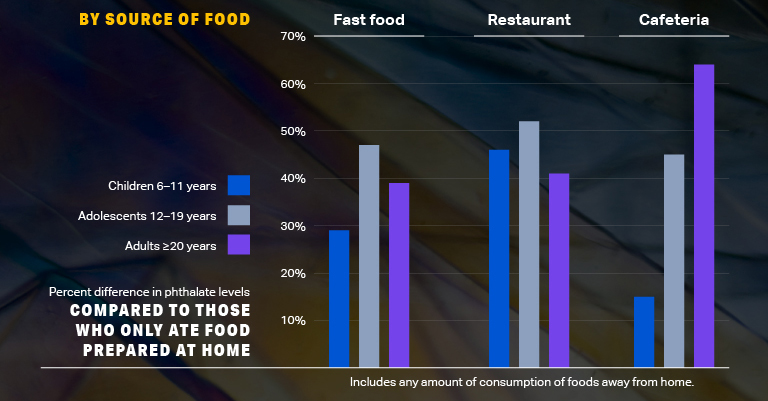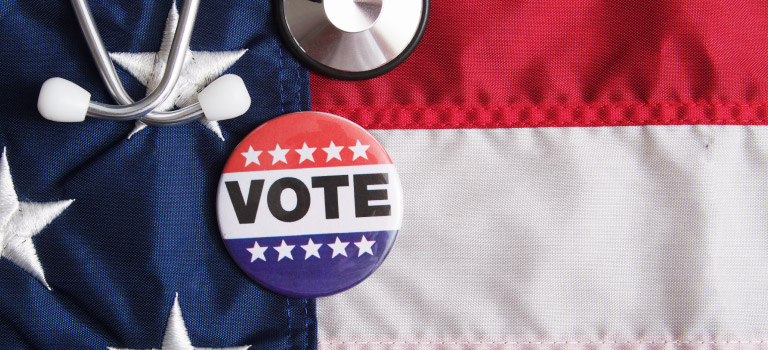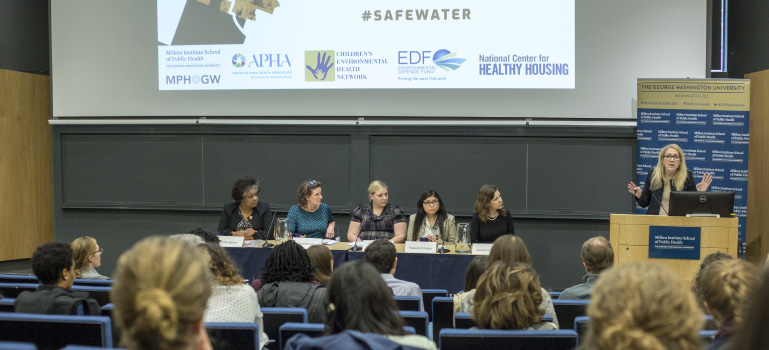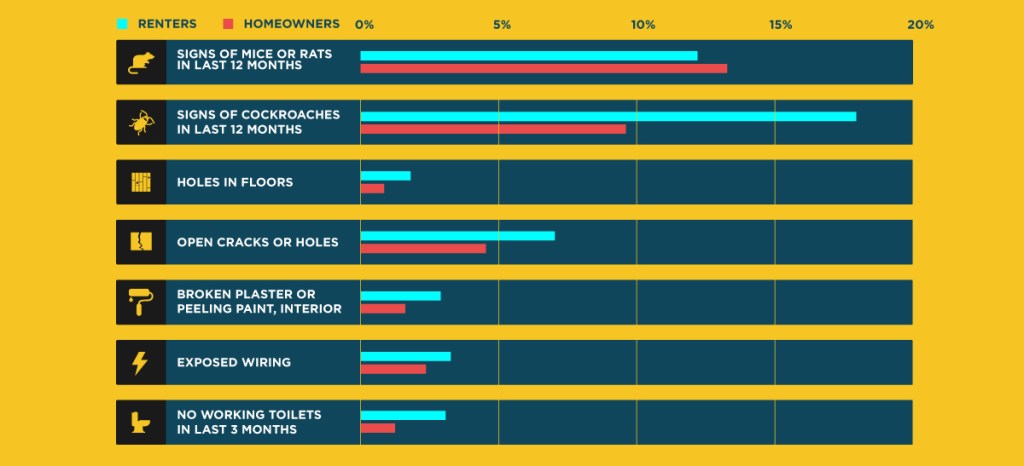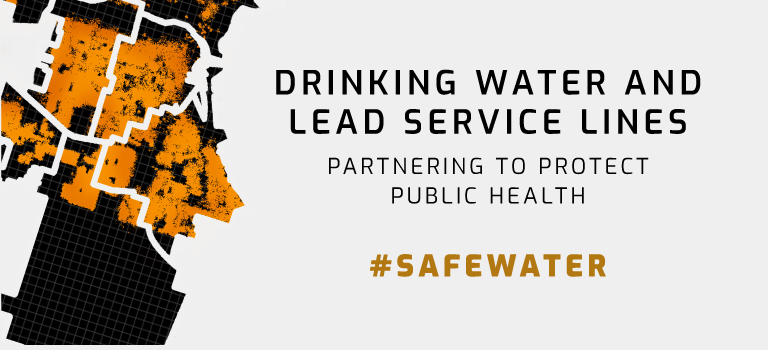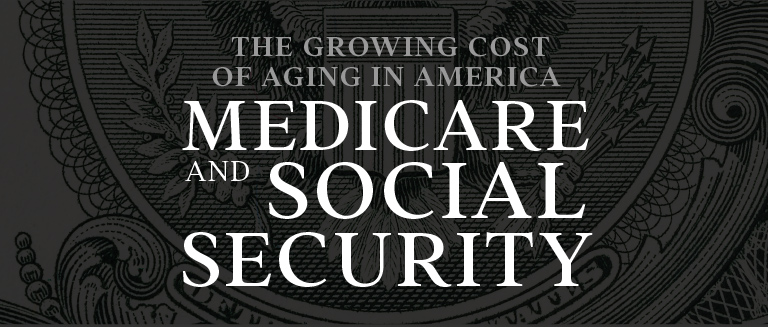
As the U.S. population ages, more and more people rely on the benefits from Social Security and Medicare. But is the U.S. prepared for the rising costs of human services programs that accompany an aging population? In the second installment of a three-part series on the growing cost of aging in the United States, we delve into costs associated with Medicare and Social Security.



